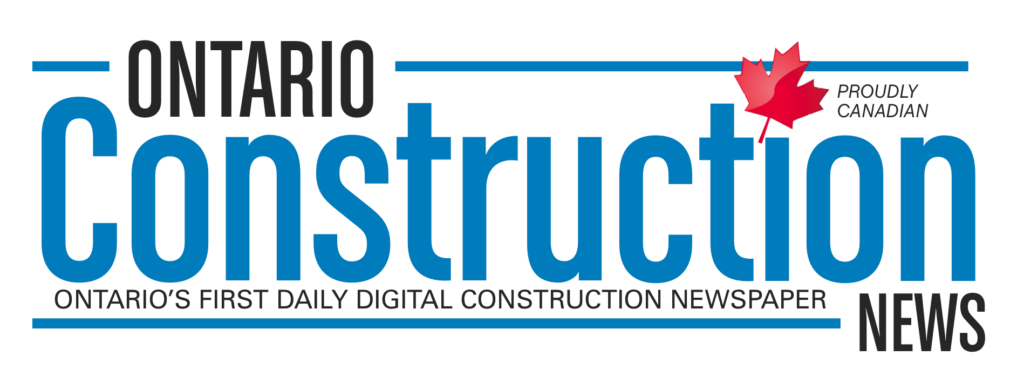By Kristen Frisa
Ontario Construction News staff writer
Changes are coming to the way the Workplace Safety and Insurance Board (WSIB) classifies businesses, and it may change the amount businesses are expected to pay for employees starting on Jan. 1, 2020.
The rate framework is based on a new classification system, which reflects changes in the North American Industry Classification System (NAICS).
Among the more noticeable differences to the classifications is that many businesses who are currently multi-rated will likely have a single rating starting in the new year. The criteria for being multi-rated is much more stringent, so the opportunity for being multi-rated is far narrower than it has been in the past.
Ian Cunningham, president of the Council of Ontario Construction Associations (COCA), says each business should check its files for a letter WSIB sent in the fall of 2018, detailing the new classification WSIB believes is applicable. Disputes or clarifying questions should be taken up with WSIB as soon as possible, to see the issue resolved before the end of the year.
“It is extremely important for employers to land in the new system in the right place, to be classified correctly so that they are assessed premiums rates appropriately,” Cunningham says. “I believe the WSIB appreciates that they may not have a full understanding of every employer in their system and that they could have made some erroneous classifications. The letter was an attempt to get employers’ classifications right from the outset and to solicit feedback from employers who believed they had been classified inappropriately.”
The new rate system uses a two-step approach to setting and adjusting premium rates for businesses. The WSIB first sets an average premium rate for every industry class based on their risk profiles and share of responsibility to maintain the insurance fund, then adjusts individual rates by looking at each business’ claims history and comparing its risk to the other businesses in that class.
After that, a process of comparison of risk between businesses in each class will place each one in a risk-band. Businesses below risk band 60 will see premiums decrease over time, while those above 60 will experience an increase. This ensures premiums in each class accurately reflect risk and claims experience of individual businesses.
“An important feature of the new system is that every employer will have a premium rate that reflects his own individual risk profile. In general, good performing companies will have lower rates and poor performing employers will have higher rates,” Cunningham says. “The new system is designed to balance individual responsibility and collective liability.”
Cunningham also notes that premium rates will be adjusted up or down each year to reflect previous year’s experience, so the impact of changes is felt more immediately.
WSIB is an insurance organization that provides wage-loss benefits, medical coverage and support to workers to help them get back to work. It also provides no-fault collective liability insurance and access to industry-specific health and safety information.
COCA is a federation of construction associations, whose member organizations represent 100,000 construction businesses throughout the province. The group brings the concerns of members to Ontario’s parliament to ensure the construction industry can thrive.

